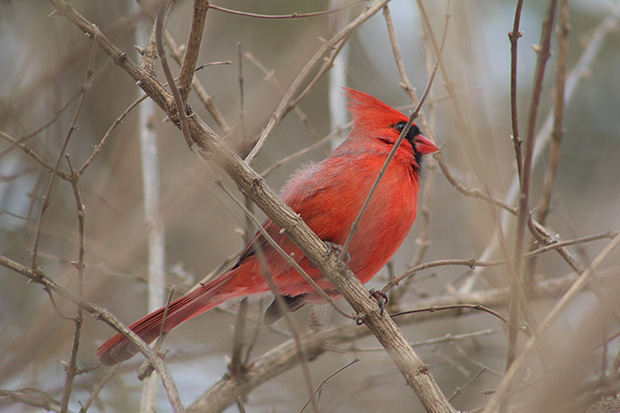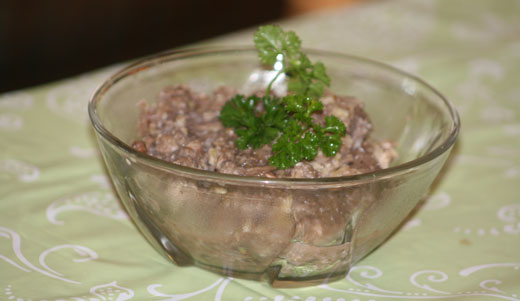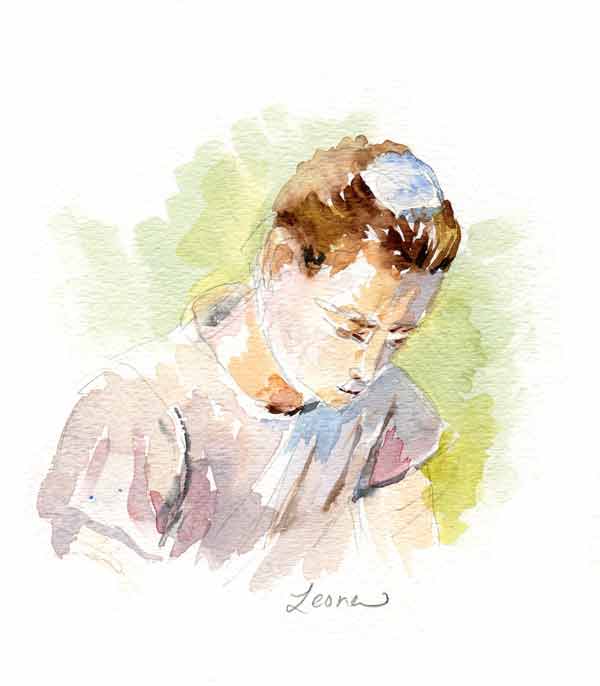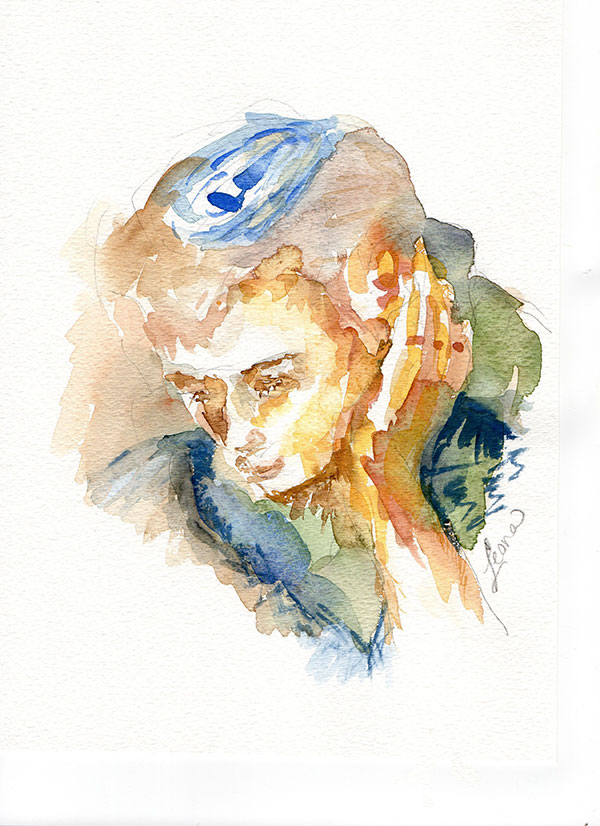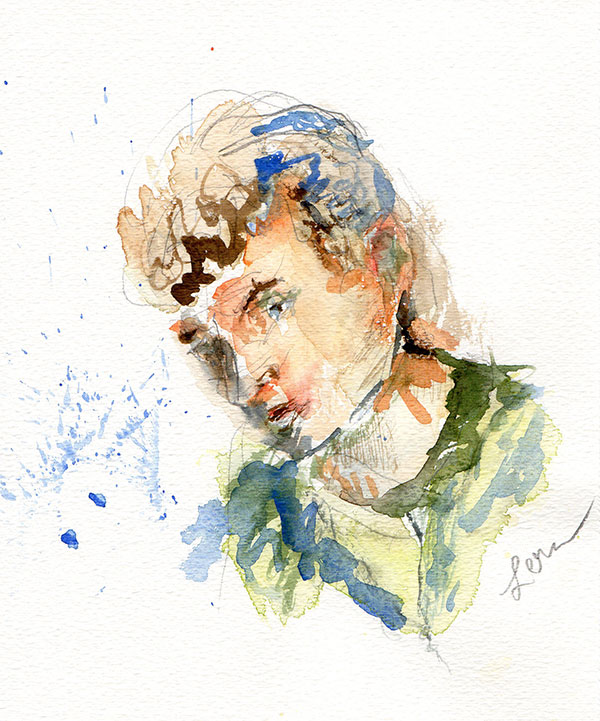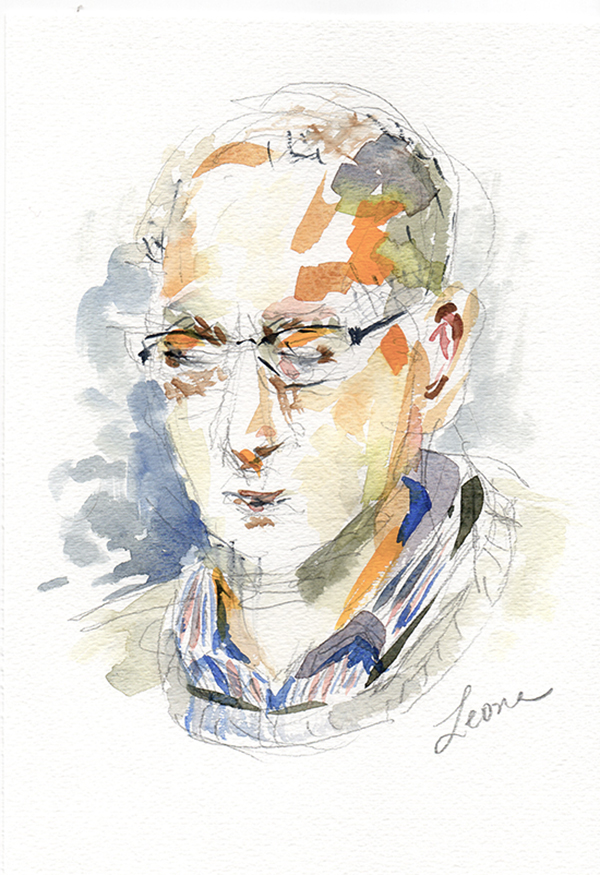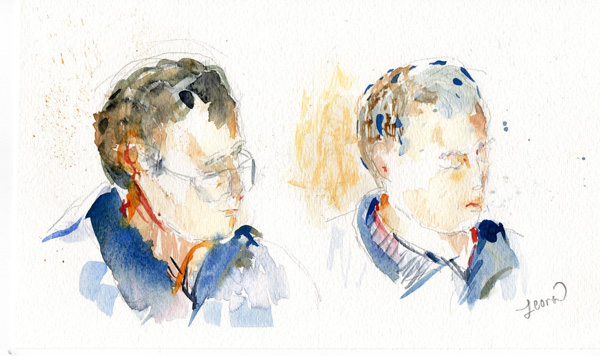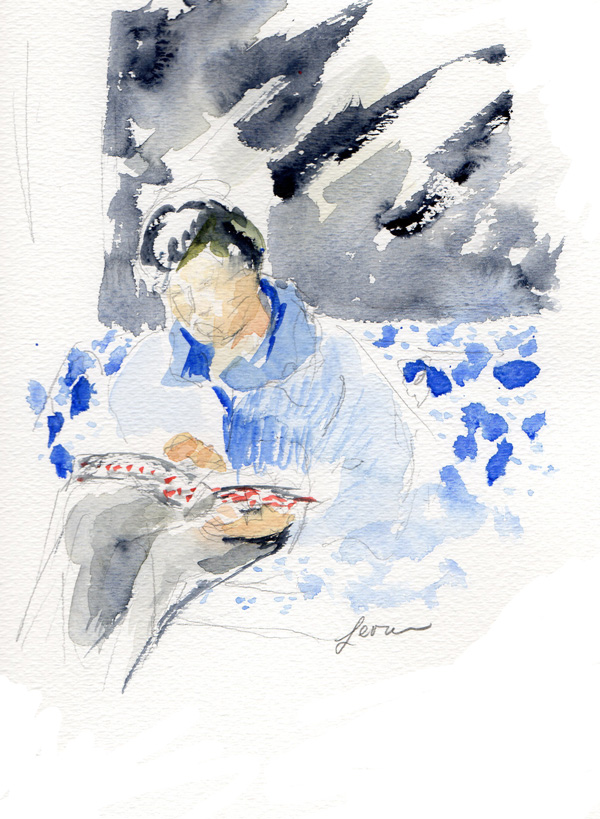
Which came first: the Catholic leader or the bird? What do you think? Answer at the bottom of this post.
In terms of location, cardinals live on the eastern side of North America. It seems if you feed them like I do (I give them black oil sunflower seeds), they came back to visit often.

I don’t know how I got so close to this particular cardinal to take his photo.

Note the fluffiness of the feathers. If you want to see a female cardinal, you can visit this old post.

A few years ago I did a cardinal watercolor painting.
Now for the source of the Northern cardinal name: the Catholic leader came first. From Wikipedia:
Cardinal, 1125, “one of the ecclesiastical princes who constitute the sacred college,” from L. cardinalis “principal, chief, essential,” from cardo (gen. cardinis) “that on which something turns or depends,” originally “door hinge.” Ecclesiastical use began for the presbyters of the chief (cardinal) churches of Rome.
The N.Amer. songbird (Cardinalis virginianus) is attested from 1678, so named for its resemblance to the red robes of the cardinals.
Here is a funny response: How the Cardinal Got Its Name, in which he says “Catholic cardinals wear red to hide spaghetti sauce stains.”
Read: How did the Northern Cardinal get its name? – In 1758 the Cardinal was one of the many species originally described by Carl Linnaeus, a Swedish botanist, physician, and zoologist, who laid the foundations for the modern scheme of binomial nomenclature, in the genus Loxia cardinalis. Loxia is derived the Greek loxos which means crosswise. Based on appearance, Linnaeus thought the Cardinal was related to the Red Crossbill. However taxonomists found the two species were not closely related. Subsequently in 1838, it was changed to the genus Cardinalis and given the scientific name Cardinalis virginianus, which means “Virginia Cardinal” because there were a lot of Cardinals in Virginia. Then in 1918, the scientific name was changed to Richmondena cardinalis to honor Charles Wallace Richmond, an American ornithologist. But in 1983 that was changed again, to Cardinalis cardinalis and the common name was also changed to “Northern Cardinal.” There are actually several bird species in the world with the name Cardinal. The term “Northern” in the common name refers to its range, as it is the only cardinal found in the Northern Hemisphere. And the “Cardinal” name was derived from the vivid red plumage of the male, which resembles the robes of the Cardinals of the Roman Catholic Church.
Finally, lots of good information on cardinals in general: What you should know about Cardinal – Northern birds
Early settlers were said to have named this bird after the Cardinal of the Catholic Church because the red of the bird reminded them of the color of the Cardinal’s robes. Since 1886, the Cardinal has considerably expanded its territory from being rarely seen north of the Ohio River to thriving over much of North America. The Northern Cardinal is quite similar to the Pyrrhuloxia, which is a southwestern species that is mostly gray with a crest tipped in red.
Thanks to Lorri (follow the link for hatching cardinal babies) for helping me find informational links.
